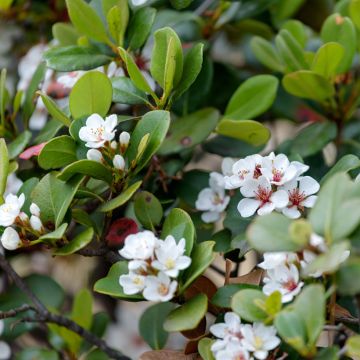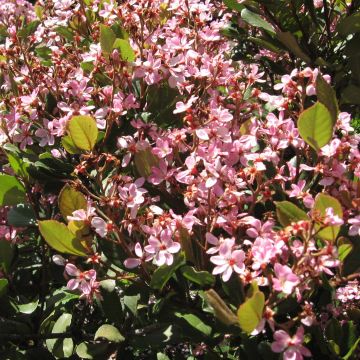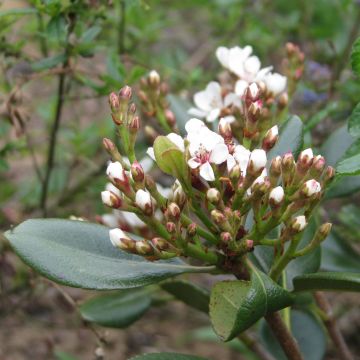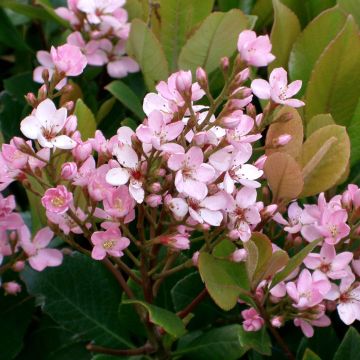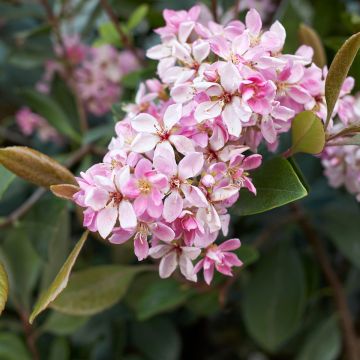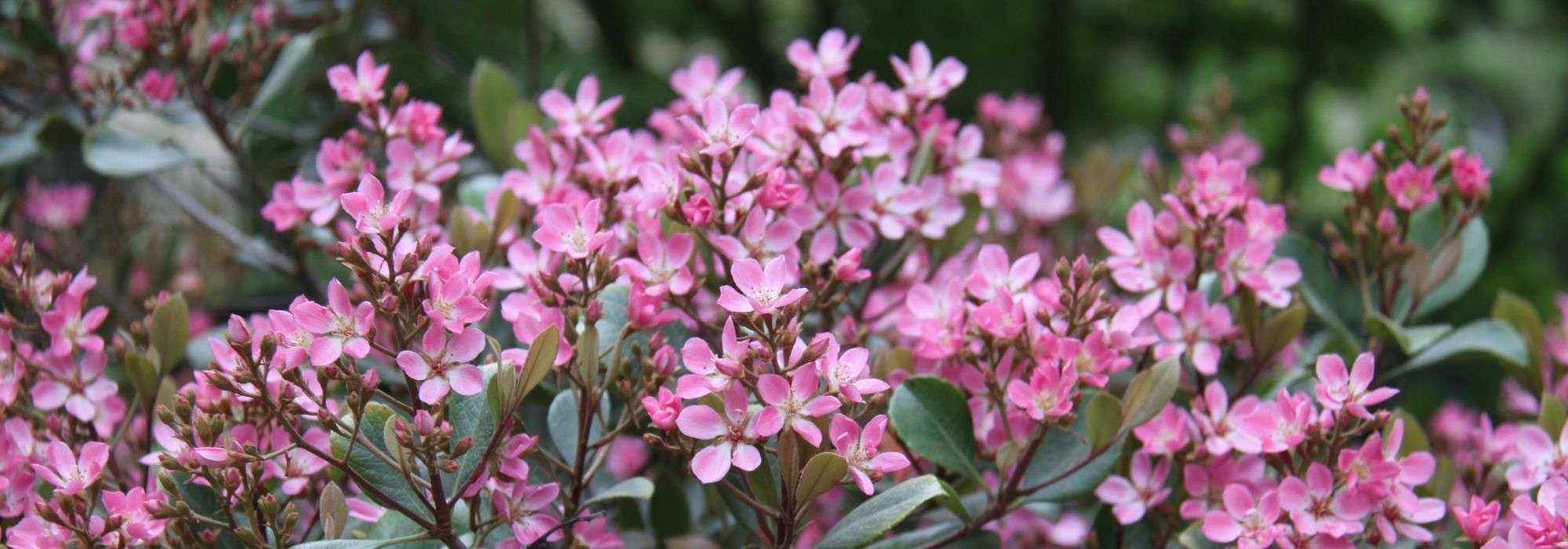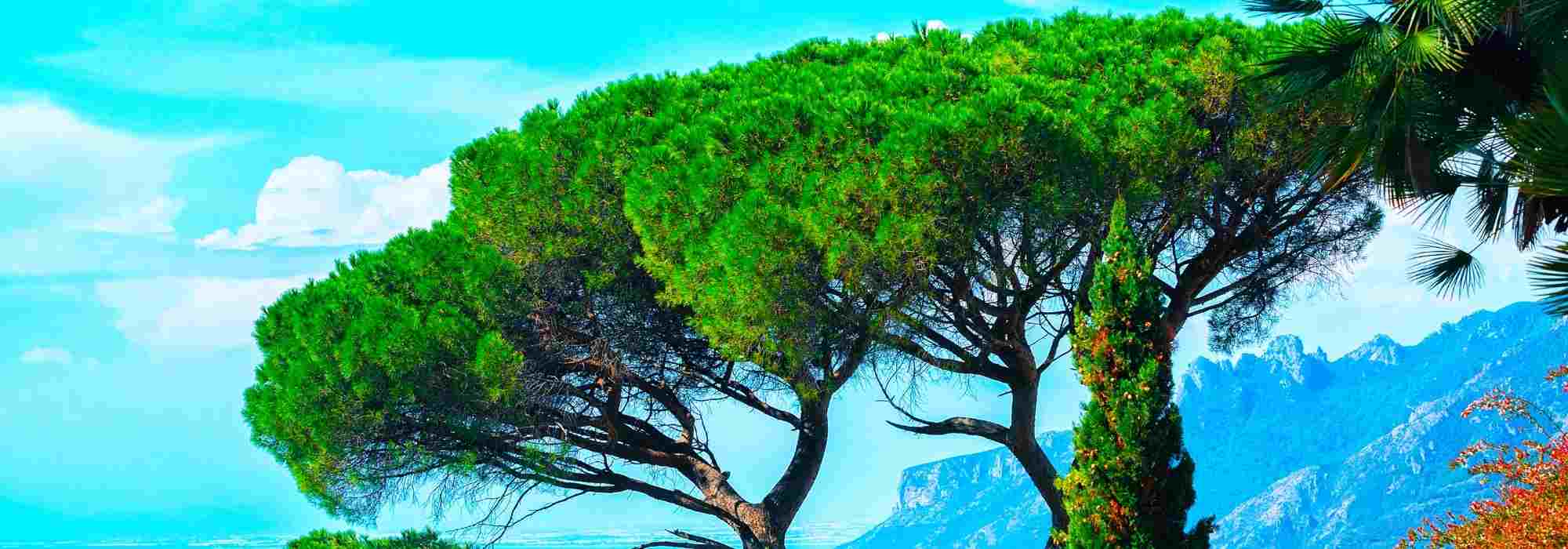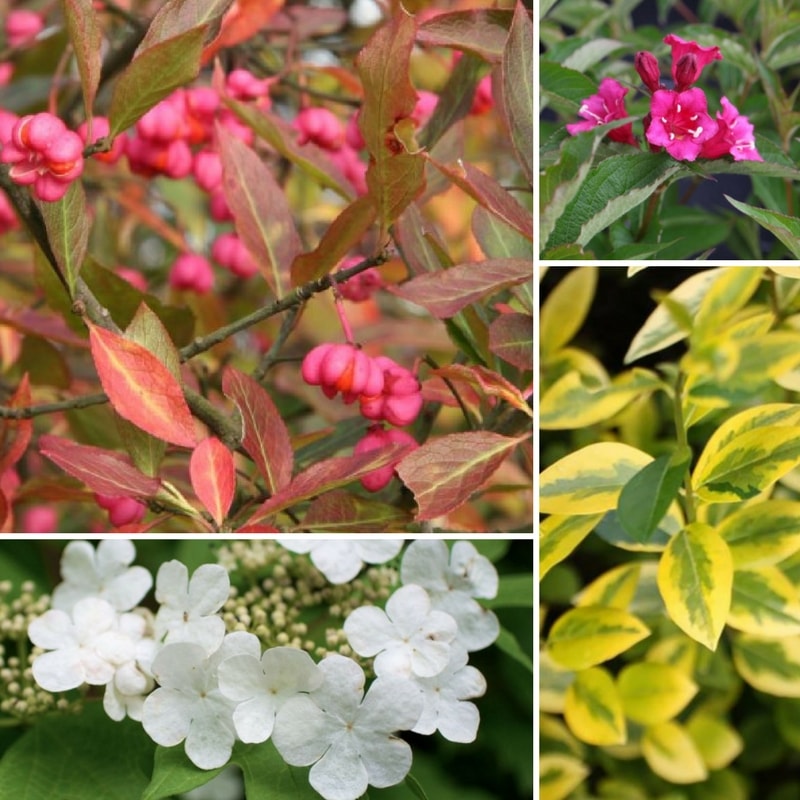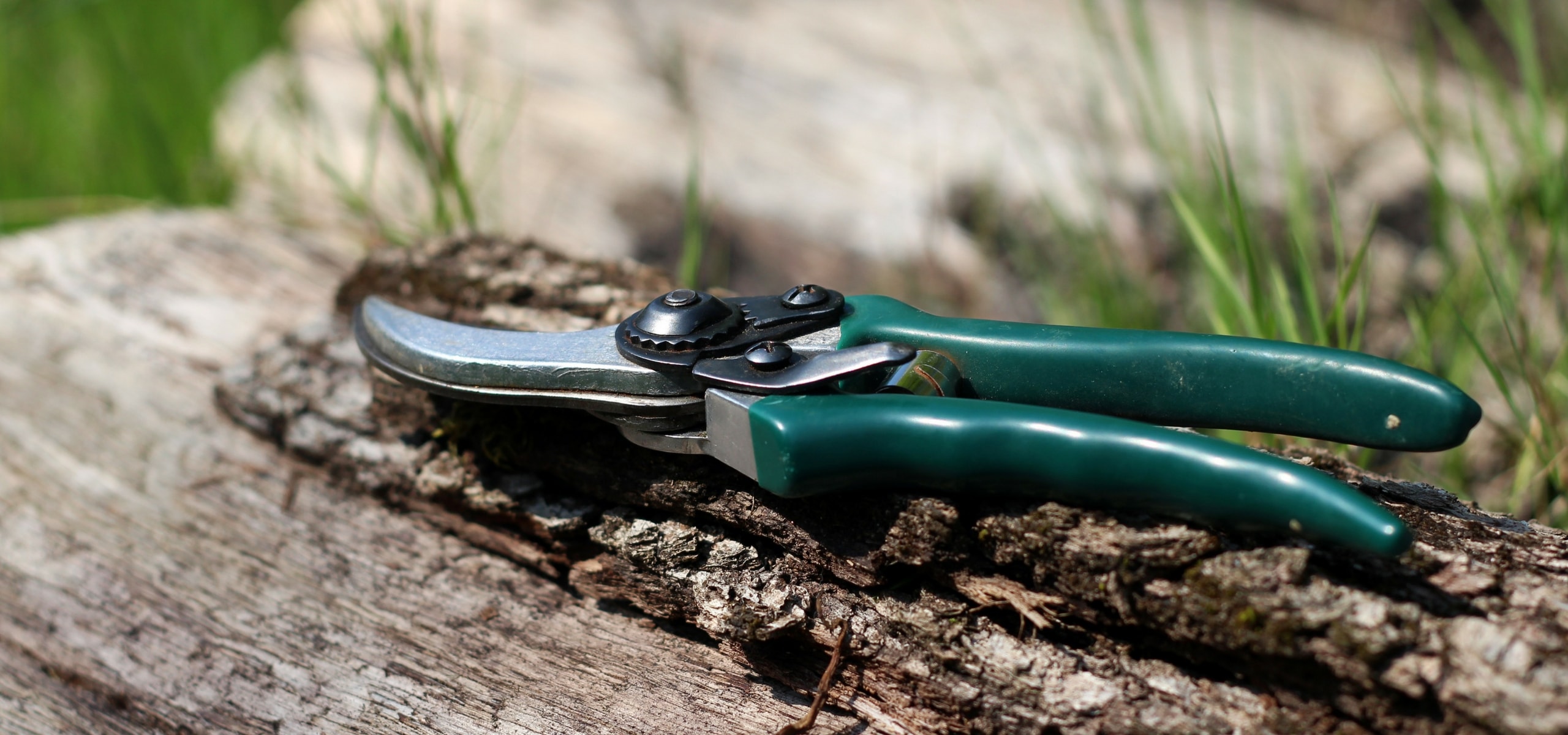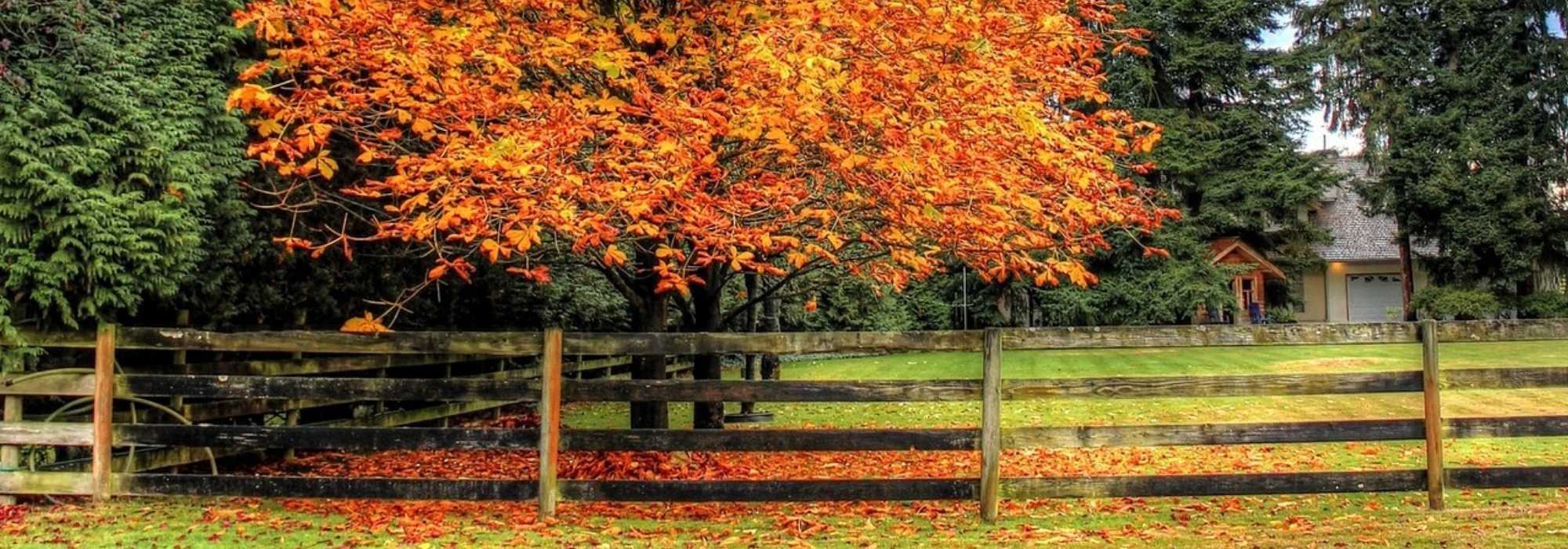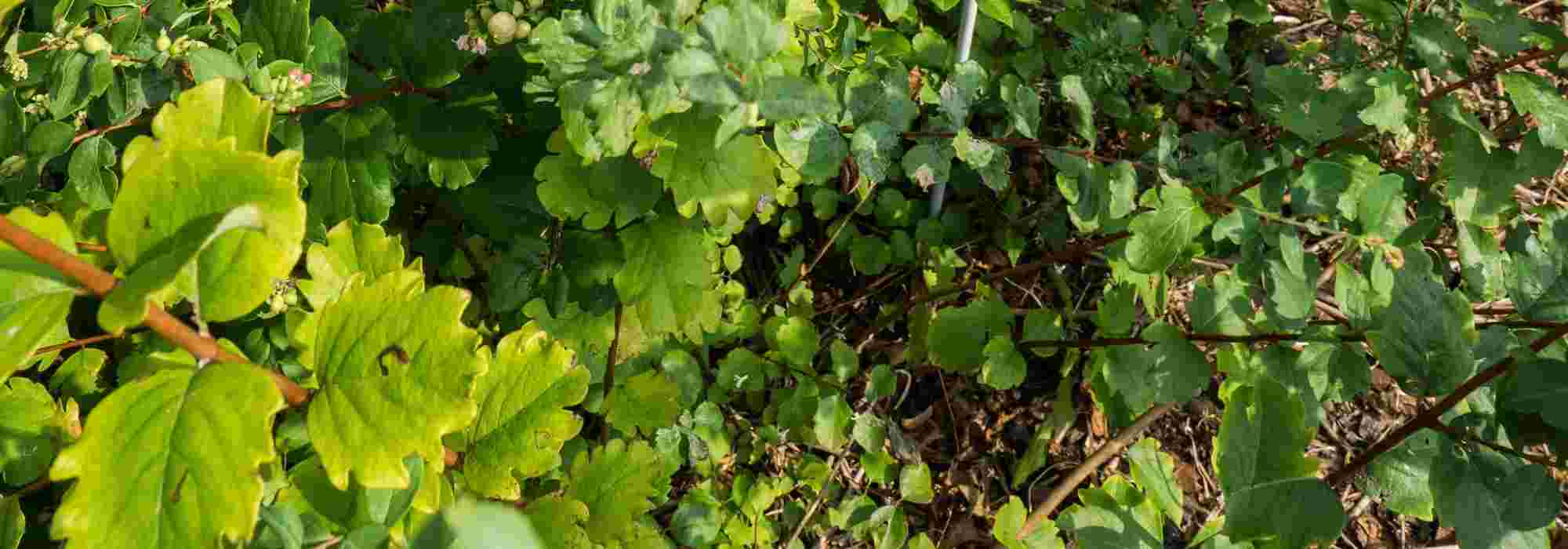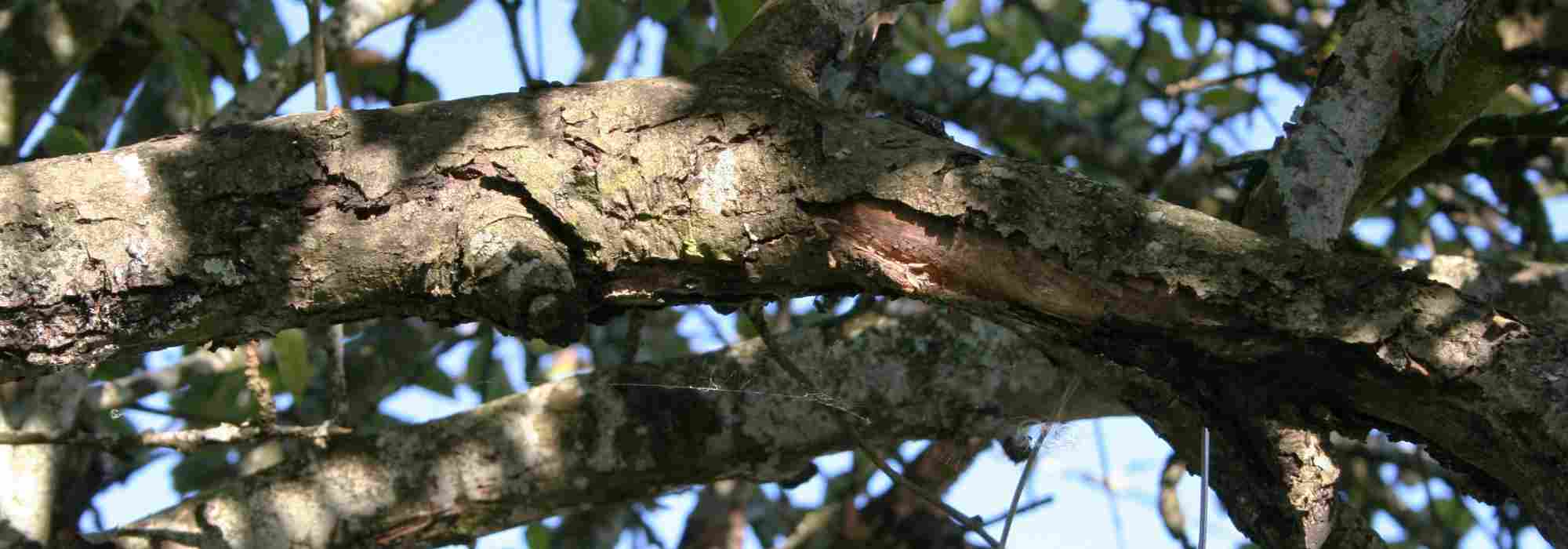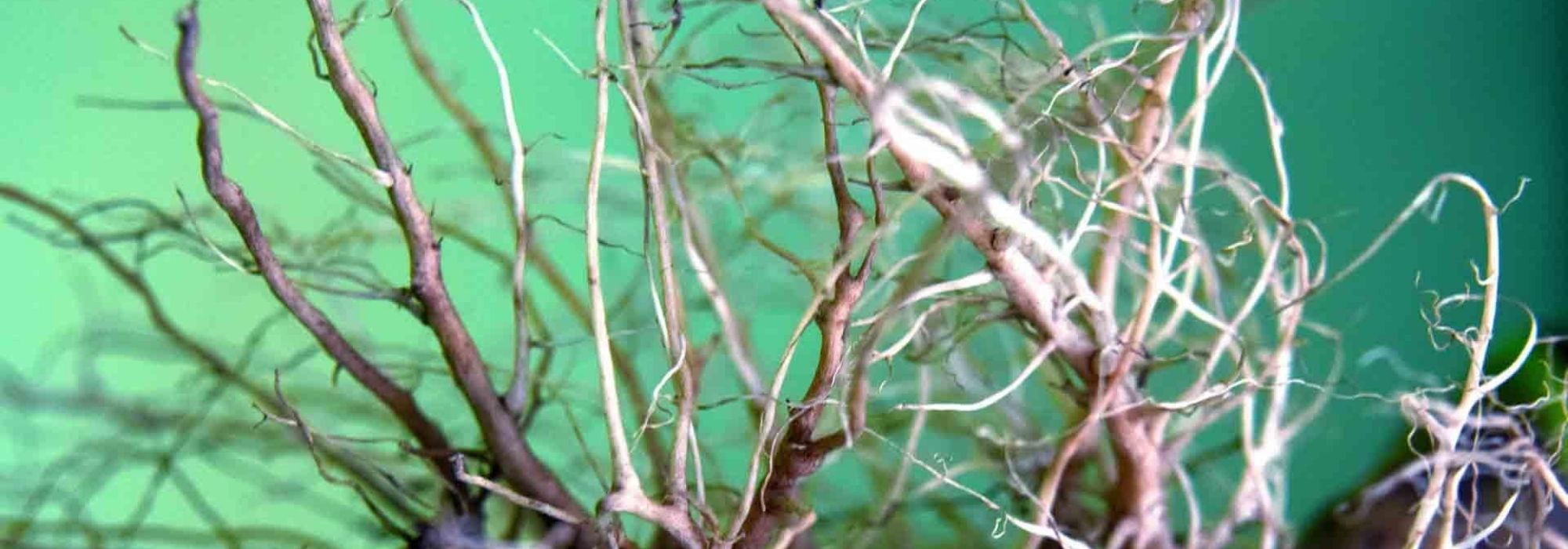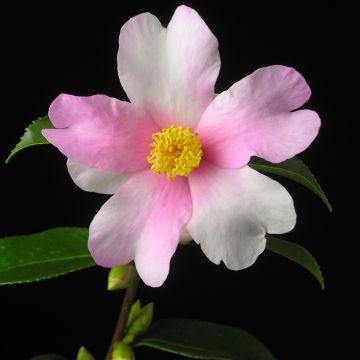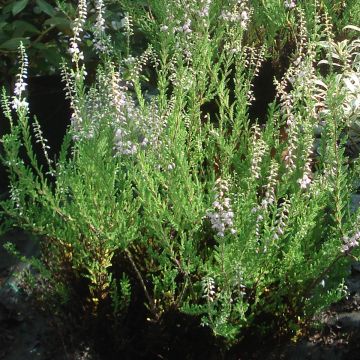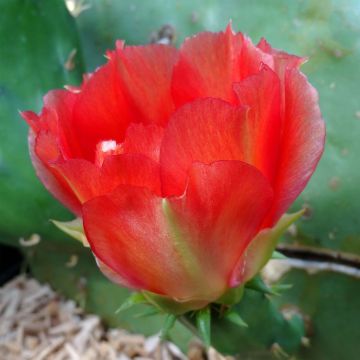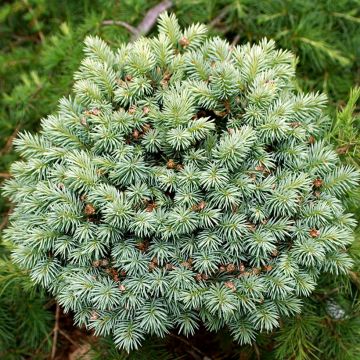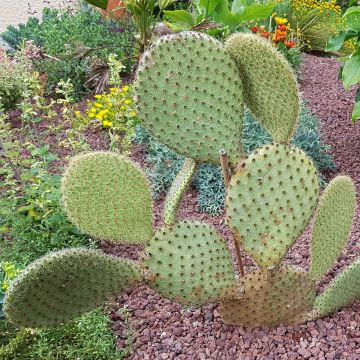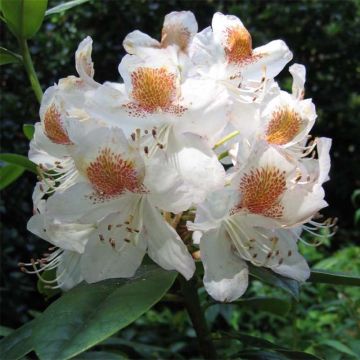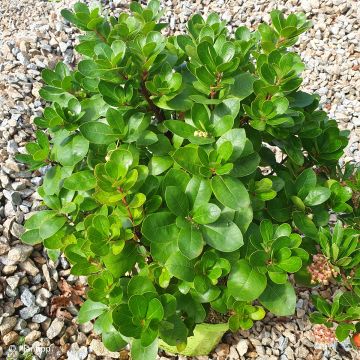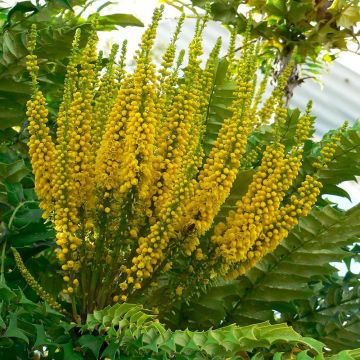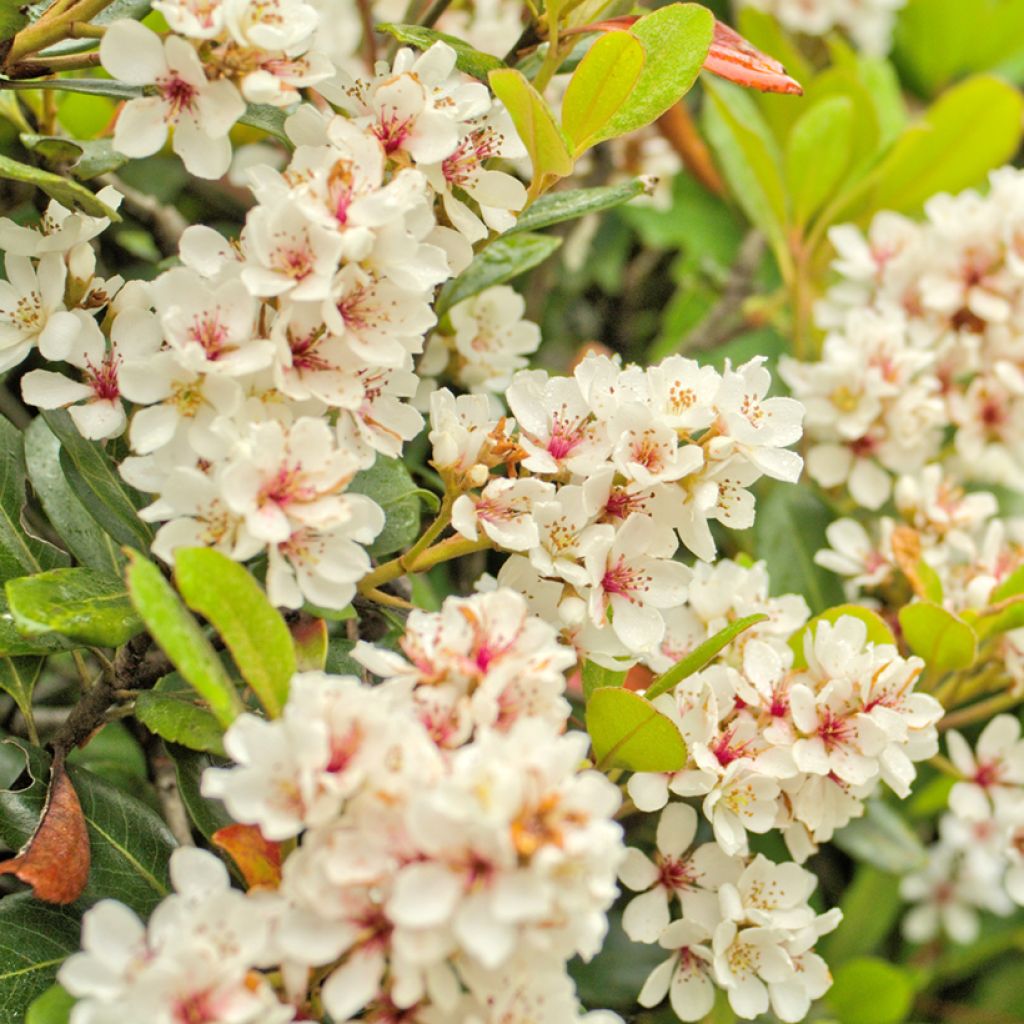

Rhaphiolepis umbellata Minor - Yeddo hawthorn
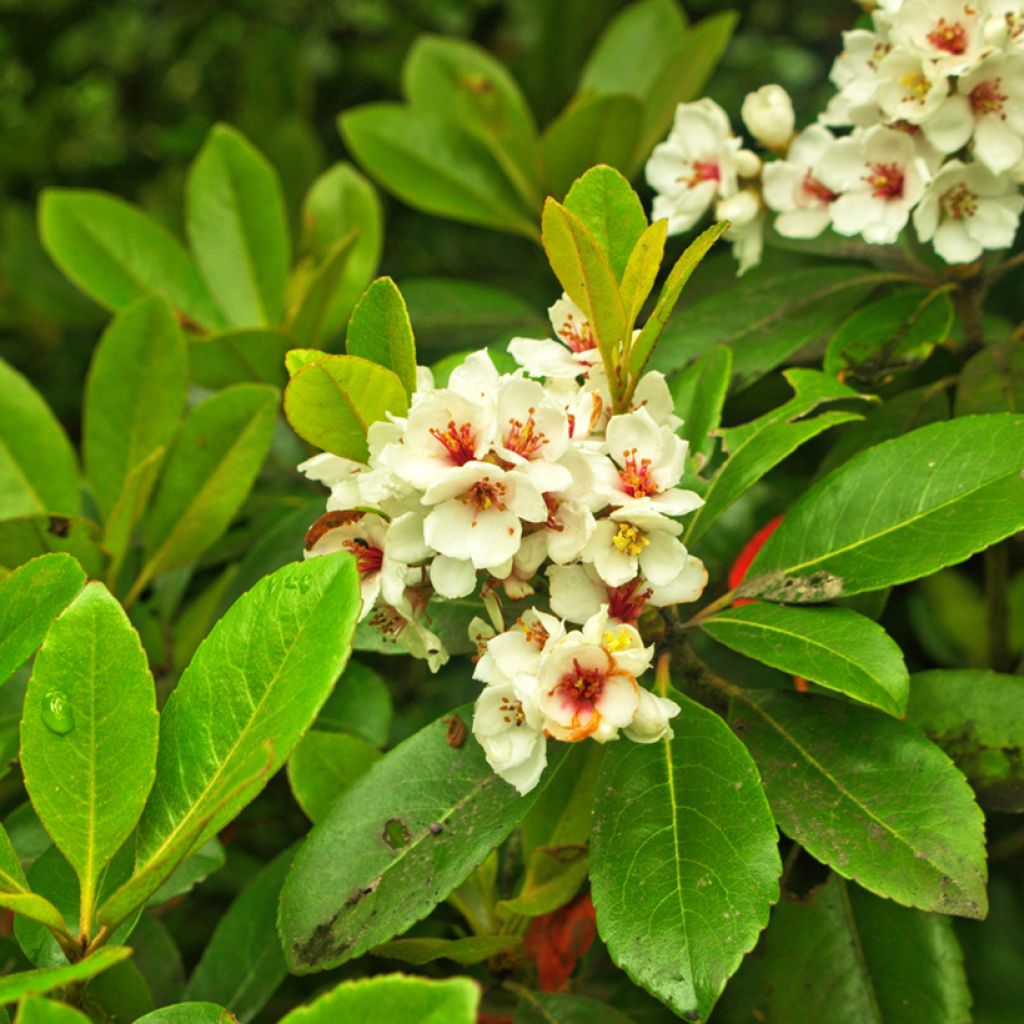

Rhaphiolepis umbellata Minor - Yeddo hawthorn
Rhaphiolepis umbellata Minor - Yeddo hawthorn
Rhaphiolepis umbellata Minor
Yeddo hawthorn
Special offer!
Receive a €20 voucher for any order over €90 (excluding delivery costs, credit notes, and plastic-free options)!
1- Add your favorite plants to your cart.
2- Once you have reached €90, confirm your order (you can even choose the delivery date!).
3- As soon as your order is shipped, you will receive an email containing your voucher code, valid for 3 months (90 days).
Your voucher is unique and can only be used once, for any order with a minimum value of €20, excluding delivery costs.
Can be combined with other current offers, non-divisible and non-refundable.
Why not try an alternative variety in stock?
View all →This plant carries a 24 months recovery warranty
More information
We guarantee the quality of our plants for a full growing cycle, and will replace at our expense any plant that fails to recover under normal climatic and planting conditions.
Would this plant suit my garden?
Set up your Plantfit profile →
Description
Compact, elegant, and hardy, Rhaphiolepis umbellata 'Minor' is an evergreen bush perfect for structuring gardens in mild climates. Its rounded, dense habit, even without pruning, makes it ideal for small spaces, low hedges, and container growing. In spring, it is adorned with abundant fragrant white flowers, followed by small blue-black berries in autumn. Its tough, glossy, dark green foliage provides year-round appeal. Tolerant of salt spray, wind, and drought, this variety is particularly suited to coastal and urban gardens. A charming, low-maintenance bush that's easy to grow!
Rhaphiolepis umbellata 'Minor', also known as Dwarf Yeddo Hawthorn or Dwarf Japanese Hawthorn, belongs to the Rosaceae family. Native to East Asia, particularly Japan, Korea, and Taiwan, the species Rhaphiolepis umbellata grows naturally along coasts, dunes, and rocky slopes in these regions. The 'Minor' cultivar is a horticultural selection prized for its compact habit and enhanced hardiness. This bush has a rounded, dense form, reaching a mature height of 90 cm and a spread of 1 m on average. Its slow growth helps maintain its compact shape without frequent pruning. The alternate, single leaves are ovate, measuring about 2.5 cm long. They are leathery, with a glossy dark green upper surface and slightly wavy margins. Young shoots often display a coppery hue before turning green. The stems feature smooth, light brown bark, with young twigs typically being hairy before losing this characteristic with age. Rhaphiolepis umbellata 'Minor' flowers in spring, usually from May to June. The white flowers, arranged in dense terminal panicles, are sometimes tinged with pale pink and emit a delicate fragrance. Each flower, about 2 cm in diameter, has five petals and prominent stamens. After flowering, the bush produces spherical drupes, 1 to 1.5 cm in diameter, turning from green to blue-black when ripe in autumn. Though decorative, these fruits are not edible for humans but may attract certain bird species.
The bush is valued for its tolerance to salt spray, making it ideal for coastal gardens. Once established, it requires no summer watering and can withstand minimum temperatures of around -10/-12°C. Due to its modest size and compact habit, Rhaphiolepis umbellata 'Minor' is commonly used in low hedges, borders, or containers on terraces and balconies. It pairs well with other evergreen shrubs like the adorable dwarf version of Pittosporum tobira, Pittosporum tobira 'Nanum', Hebe 'Midnight Sky' with its dark foliage and purple flowers in summer, or the very compact and dense Lonicera nitida 'Maigrün', a shrubby honeysuckle.
Rhaphiolepis umbellata Minor - Yeddo hawthorn in pictures


Plant habit
Flowering
Foliage
Botanical data
Rhaphiolepis
umbellata
Minor
Rosaceae
Yeddo hawthorn
Cultivar or hybrid
Other Rhaphiolepis
View all →Planting and care
Rhaphiolepis umbellata 'Minor' is best planted in spring or in autumn in very mild climates. Its growth is slow, but it lives for many years in the garden. It requires well-drained soil, prefers it to remain moist, but tolerates drought perfectly once well established. Acidic, neutral, or even slightly clayey soil will suit it very well, provided it is well worked with added coarse sand and leaf mould. Choose a sheltered and warm position, protected from cold and dry winds. It flowers more abundantly in full sun but tolerates semi-shaded exposures well, particularly in warm climates. This bush withstands sea spray but not cold winter winds. You may apply rose fertiliser in spring if your soil is very poor. It dislikes very heavy soils and waterlogging, especially in winter. If the soil is truly too heavy and chalky, it may suffer from chlorosis; if this is the case, apply a dose of Sequestrene each year in spring. This bush is not particularly susceptible to diseases and pests. In colder regions, plant it in pots to be stored away from severe frosts in winter.
Planting period
Intended location
Care
Planting & care advice
This item has not been reviewed yet - be the first to leave a review about it.
Similar products
Haven't found what you were looking for?
Hardiness is the lowest winter temperature a plant can endure without suffering serious damage or even dying. However, hardiness is affected by location (a sheltered area, such as a patio), protection (winter cover) and soil type (hardiness is improved by well-drained soil).

Photo Sharing Terms & Conditions
In order to encourage gardeners to interact and share their experiences, Promesse de fleurs offers various media enabling content to be uploaded onto its Site - in particular via the ‘Photo sharing’ module.
The User agrees to refrain from:
- Posting any content that is illegal, prejudicial, insulting, racist, inciteful to hatred, revisionist, contrary to public decency, that infringes on privacy or on the privacy rights of third parties, in particular the publicity rights of persons and goods, intellectual property rights, or the right to privacy.
- Submitting content on behalf of a third party;
- Impersonate the identity of a third party and/or publish any personal information about a third party;
In general, the User undertakes to refrain from any unethical behaviour.
All Content (in particular text, comments, files, images, photos, videos, creative works, etc.), which may be subject to property or intellectual property rights, image or other private rights, shall remain the property of the User, subject to the limited rights granted by the terms of the licence granted by Promesse de fleurs as stated below. Users are at liberty to publish or not to publish such Content on the Site, notably via the ‘Photo Sharing’ facility, and accept that this Content shall be made public and freely accessible, notably on the Internet.
Users further acknowledge, undertake to have ,and guarantee that they hold all necessary rights and permissions to publish such material on the Site, in particular with regard to the legislation in force pertaining to any privacy, property, intellectual property, image, or contractual rights, or rights of any other nature. By publishing such Content on the Site, Users acknowledge accepting full liability as publishers of the Content within the meaning of the law, and grant Promesse de fleurs, free of charge, an inclusive, worldwide licence for the said Content for the entire duration of its publication, including all reproduction, representation, up/downloading, displaying, performing, transmission, and storage rights.
Users also grant permission for their name to be linked to the Content and accept that this link may not always be made available.
By engaging in posting material, Users consent to their Content becoming automatically accessible on the Internet, in particular on other sites and/or blogs and/or web pages of the Promesse de fleurs site, including in particular social pages and the Promesse de fleurs catalogue.
Users may secure the removal of entrusted content free of charge by issuing a simple request via our contact form.
The flowering period indicated on our website applies to countries and regions located in USDA zone 8 (France, the United Kingdom, Ireland, the Netherlands, etc.)
It will vary according to where you live:
- In zones 9 to 10 (Italy, Spain, Greece, etc.), flowering will occur about 2 to 4 weeks earlier.
- In zones 6 to 7 (Germany, Poland, Slovenia, and lower mountainous regions), flowering will be delayed by 2 to 3 weeks.
- In zone 5 (Central Europe, Scandinavia), blooming will be delayed by 3 to 5 weeks.
In temperate climates, pruning of spring-flowering shrubs (forsythia, spireas, etc.) should be done just after flowering.
Pruning of summer-flowering shrubs (Indian Lilac, Perovskia, etc.) can be done in winter or spring.
In cold regions as well as with frost-sensitive plants, avoid pruning too early when severe frosts may still occur.
The planting period indicated on our website applies to countries and regions located in USDA zone 8 (France, United Kingdom, Ireland, Netherlands).
It will vary according to where you live:
- In Mediterranean zones (Marseille, Madrid, Milan, etc.), autumn and winter are the best planting periods.
- In continental zones (Strasbourg, Munich, Vienna, etc.), delay planting by 2 to 3 weeks in spring and bring it forward by 2 to 4 weeks in autumn.
- In mountainous regions (the Alps, Pyrenees, Carpathians, etc.), it is best to plant in late spring (May-June) or late summer (August-September).
The harvesting period indicated on our website applies to countries and regions in USDA zone 8 (France, England, Ireland, the Netherlands).
In colder areas (Scandinavia, Poland, Austria...) fruit and vegetable harvests are likely to be delayed by 3-4 weeks.
In warmer areas (Italy, Spain, Greece, etc.), harvesting will probably take place earlier, depending on weather conditions.
The sowing periods indicated on our website apply to countries and regions within USDA Zone 8 (France, UK, Ireland, Netherlands).
In colder areas (Scandinavia, Poland, Austria...), delay any outdoor sowing by 3-4 weeks, or sow under glass.
In warmer climes (Italy, Spain, Greece, etc.), bring outdoor sowing forward by a few weeks.






























